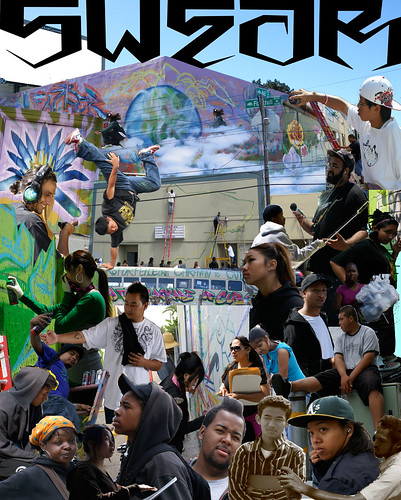Blight is a major problem in urban environments like Oakland. Homes and lots which fall into disrepair, either from neglect or as a result of foreclosures, can become defenseless targets for vandalism, squatting, and dumping. This can lead directly to drug dealing, prostitution and violence. Blighted areas negatively impact property values and lower the self-esteem of community residents.
Blight in and of itself is bad enough. But longstanding problems surrounding the city’s much-maligned Building Services department—which include a noncompetitive bidding process for city contracts, exorbitant fees charged to property owners, and little to no community oversight or involvement in the process—only make matters worse.
|
The Community Rejuvenation Project commends the city of Oakland for stating its intent to reform the beleaguered department. However, it is questionable whether any bureaucratic institution can effectively institute a holistic approach without considerable input from community organizations and cultural practitioners.
The appearance of unattractive tags on poorly-maintained, vacant or foreclosed buildings is a gateway to more serious forms of blight. Graffiti abatement, therefore, should be seen as a preventative measure and the first step in a blight reduction strategy.
However, the city of Oakland’s current abatement process is flawed. The strategy of hiring clean-up crews to buff, or paint over tags, is more band-aid than permanent fix; it is only a matter of time before the tags return -- requiring additional labor and expense.
|
There are other, less costly, alternatives. Over the past five years, CRP and its community partners have successfully transformed numerous blighted neighborhoods throughout Oakland into vibrant mural districts at a fraction of the cost the city has paid for abatement. In that time, we have developed techniques and practices for maximum visual and cultural impact, cost-effectiveness, sustainability, and community engagement, which could easily be implemented on a larger scale throughout the city.
A truly holistic approach to blight reduction would entail more permanent, economically efficient solutions, combined with youth development, education, and antiviolence programs, while incorporating eco-sustainable, community-oriented components.
|
For more information about CRP, interviews with CRP artists, or sample images for media usage, contact Desi at CRPBayArea@gmail.com or (510) 269-7840.
|












I am behind you ALL THE WAY!!! Great ideas and implementation!!!
ReplyDelete